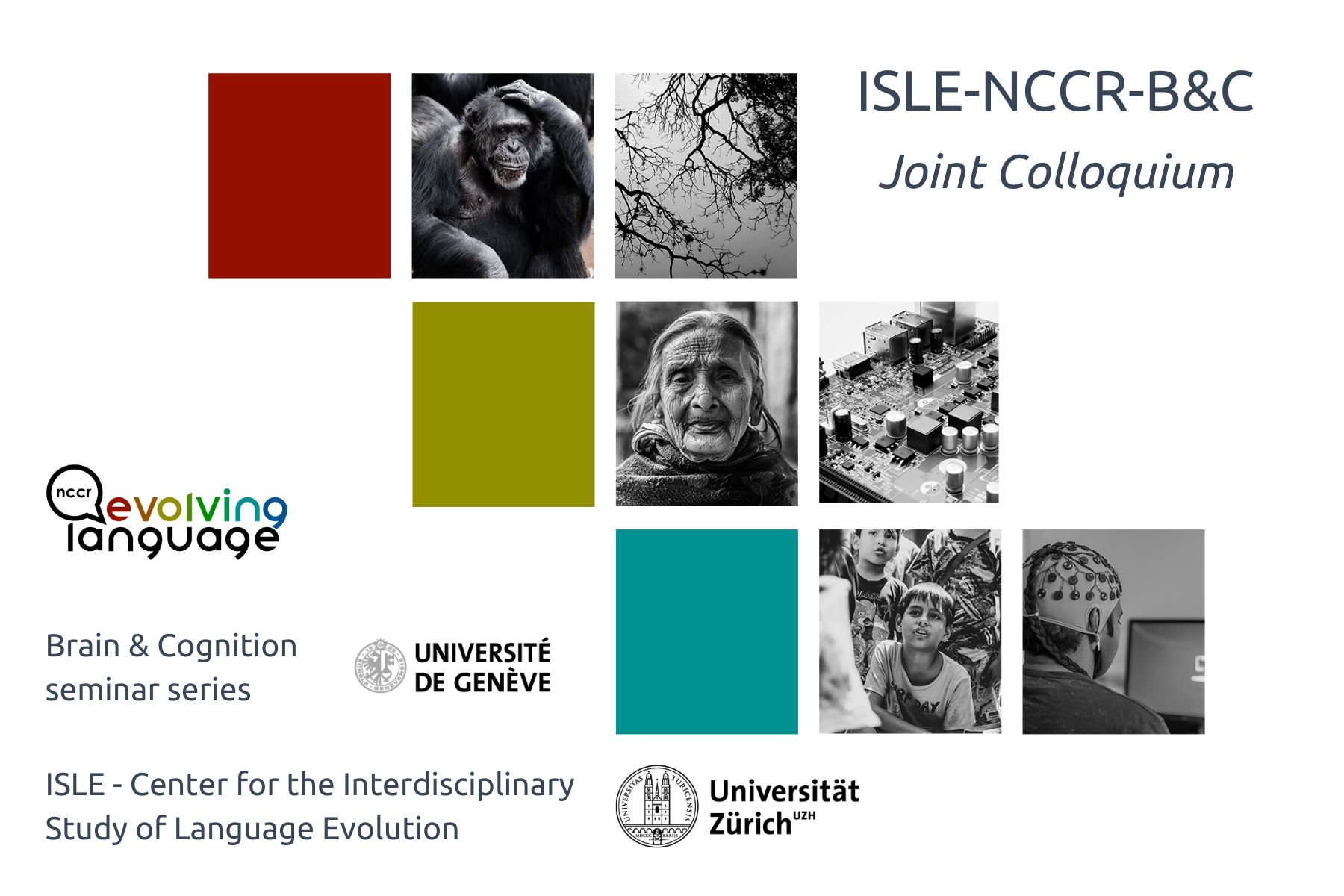
«A skeptic’s perspective on primate vocal communication and the language origin debate», Julia Fischer
Many scientific fields are shaped by the to-and-fro between ‘seeders’ and ‘weeders’: some members in a given scientific community generate novel – and sometimes wild – ideas, others scrutinize these ideas and may at some point suggest that they are no longer useful. An example for the contributions of seeders and weeders is the case of animal ‘referential signaling’. Referential signaling is a core feature of human linguistic communication and entails our species’ ability to designate objects and events in the environment. A central question in the language origin debate is therefore whether other animals – notably nonhuman primates – also engage in referential signaling. I will provide an overview of the historic development of this research field and discuss the arguments for and against animal referential signaling. Results from our own studies on the vocal communication of members of the genus Chlorocebus (vervets and green monkeys) and other species support the view that nonhuman primate vocal communication is largely developmentally constrained. Nonhuman primates lack the cognitive architecture and the neural machinery to produce conventionalized signals. At the side of recipients, in contrast, learning and inferential reasoning compensate this lack of flexibility to some degree and render the communicative system as a whole relatively powerful. I contend that much of the disagreement on referential signaling can be traced back to a failure to distinguish between functional vs. proximate levels of analysis. I further argue that a key question for understanding human language evolution is not whether some signals are highly context-specific, but whether signals or signal systems are conventionalized, shifting the focus from the question of call specificity to that of the cognitive prerequisites for the production of symbols.
